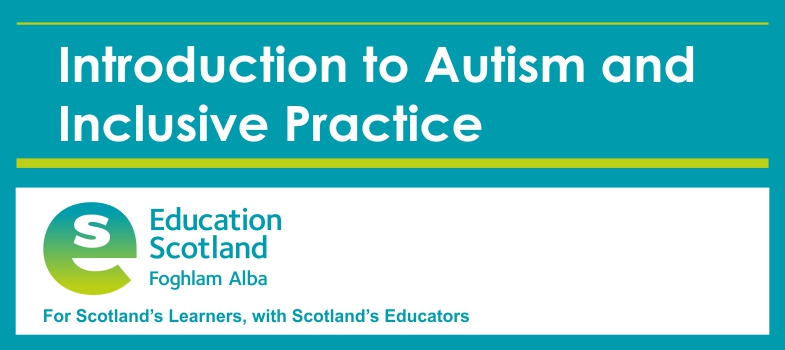5.2 Visual supports
Visual supports can be very helpful in helping learners with a range of additional support needs. They support communication and can be used in various environments and locations and in many situations. For some autistic learners, they are a vital communication support. It is helpful to have consistency at home and in the early years setting/school.
Visual supports can be presented in a variety of ways and using a variety of content. For example, they can be created very easily with:
- drawings
- photographs, including photographs of objects and rooms/areas the autistic learner uses
- symbols
- clip art
- objects
- written word.
Visual supports can be printed and laminated on A4-size paper or made smaller and attached to a keyring, which is accessible by the learner. Staff may carry a keyring as well to prompt and model use.
It can be tempting not to use visual supports with cognitively able or more competent communicators. However, even if these supports are not relied upon day to day, they can often become crucial when this competent learner is under stress.
Benefits
Visual supports can:
- be personalised
- help to provide structure and routine
- encourage independence
- develop confidence
- improve understanding
- reduce frustration and anxiety
- support opportunities for positive social communication
- provide a consistent and visual approach to communication which the autistic learner may find easier to access and process than the spoken language.
All autistic learners are likely to benefit from developmentally appropriate visual supports. This information can be explored during transition planning, parental/carer meetings, professional meetings and, of course, with the learner who may have their own preferences of presentation styles and images.
5.1 Effective communication and collaborative partnerships
